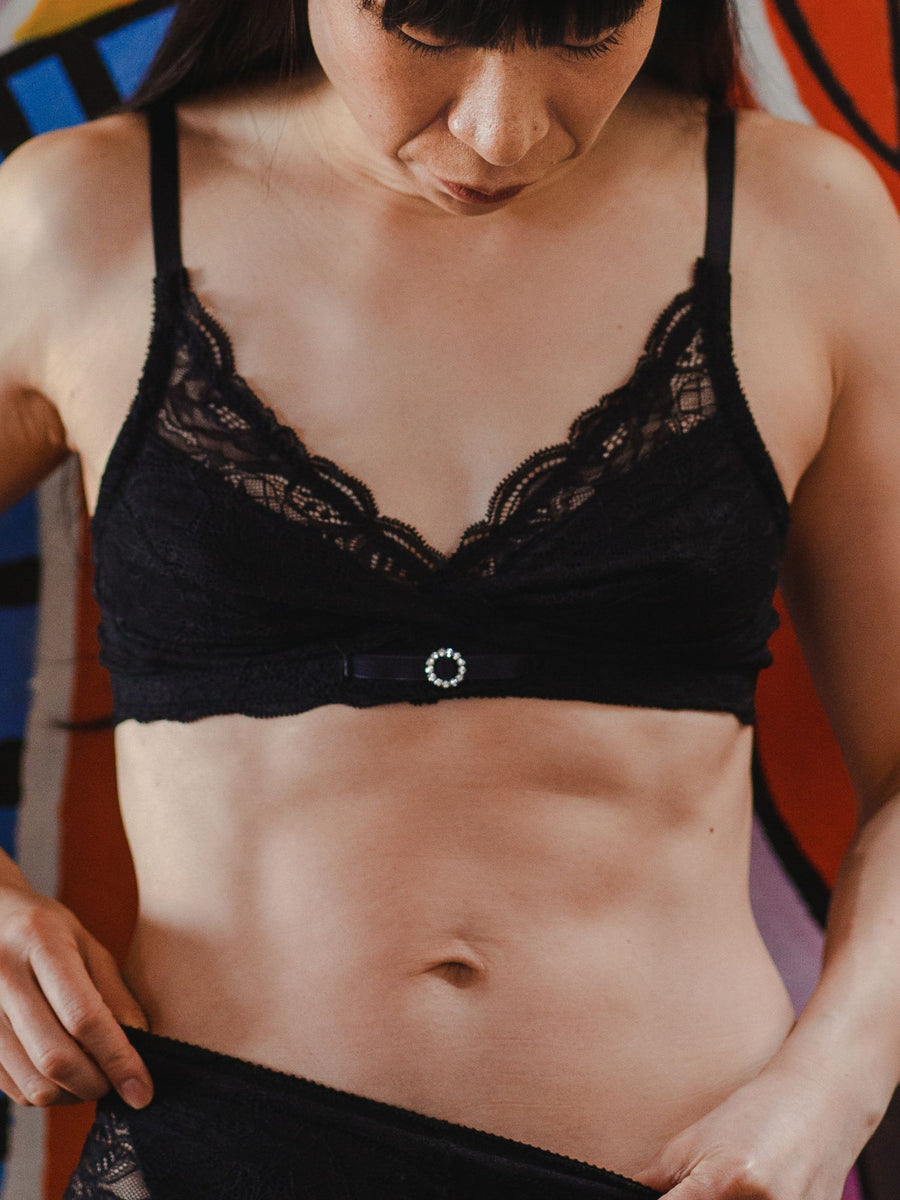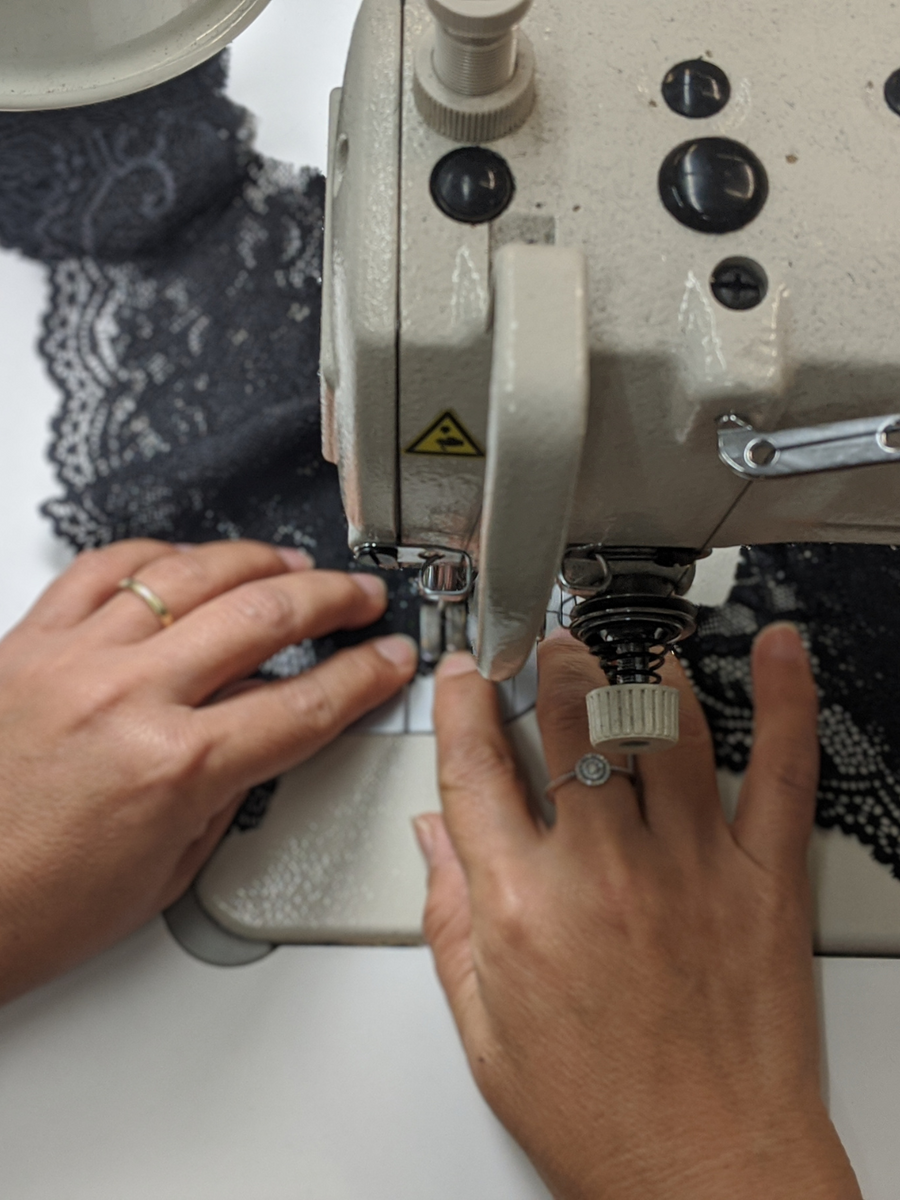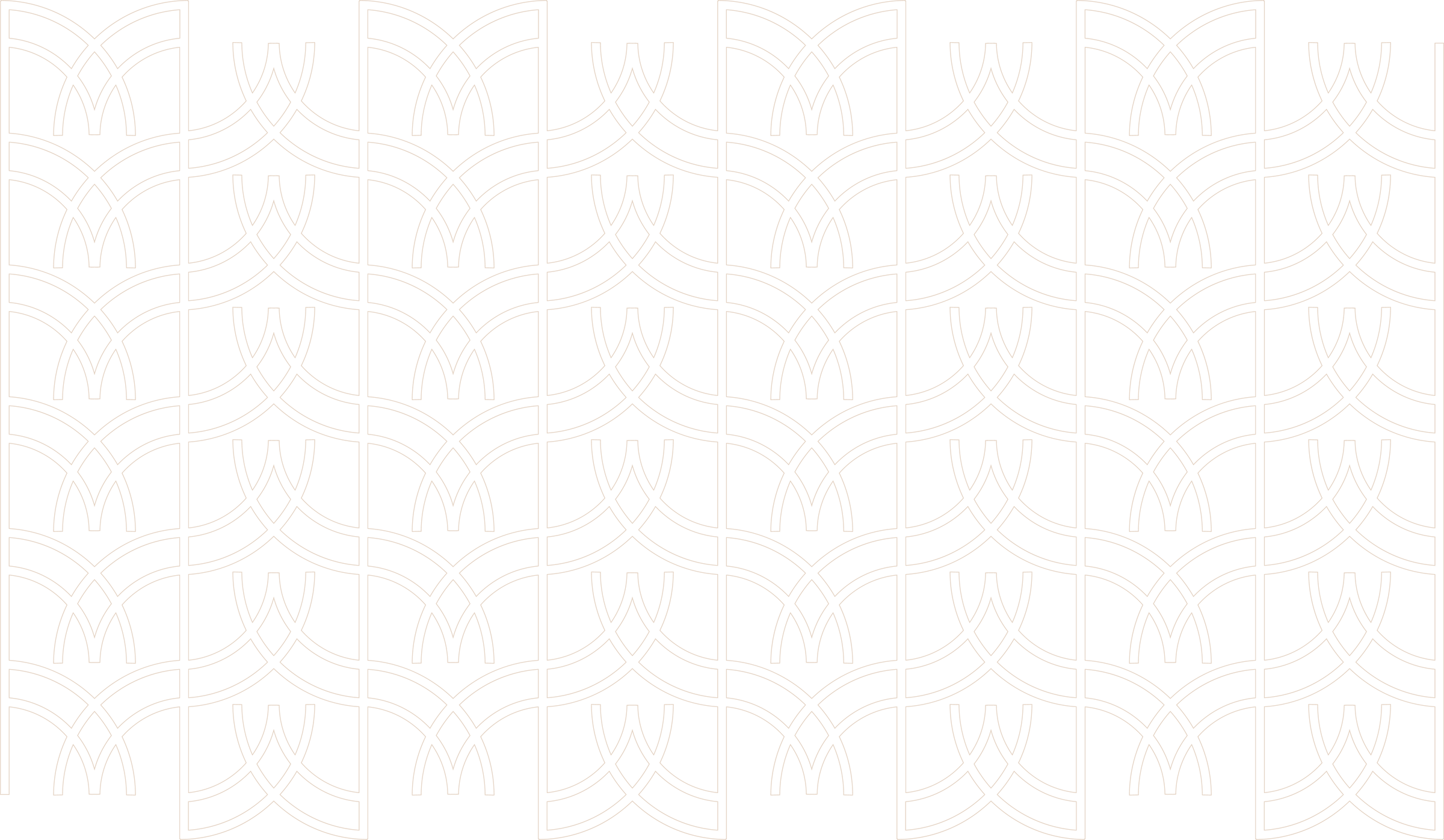Diastasis Recti
Diastasis recti occurs when the abdominal muscles separate and do not close after pregnancy. Any forceful, forward pressure on the abdominal can cause diastasis recti.
Women’s abdominal muscles are designed to widen and stretch during pregnancy. The growing uterus pushing against the abdominal wall combined with the pregnancy hormone relaxin can soften the connective tissue, allowing abdominal separation to occur more easily.
You might be more likely to develop diastasis recti from pregnancy if you:
- Are older than 35
- Deliver a baby with a high birth weight
- Had complications of abdominal separation in a prior pregnancy
- Have a multiple pregnancy
- Have repeated pregnancies
- Have an inclined back or weak abdomen
Diastasis recti can also be caused by other factors such as excessive abdominal fat, incorrect form during exercise, excessive sit-ups and crunches or having a bad bout of the flu (forceful coughing). Genetics are also a factor in predisposing some women to this condition.
Pelvic floor physiotherapists suggest that approximately 90% of mothers has this condition and 80- 85% of women is affected by this condition within their first pregnancy. This condition can affect women whether they deliver their babies naturally or via cesarean section. While some women discover they have a DR during pregnancy most will not find out until after birth, if they find out at all.
It is important to note that Women’s Health physiotherapists and core restorative trainers have great success treating diastasis recti at any age, no matter how long it has been since you have given birth.
You can recognize diastasis recti if you experience any of the following:
- You have a post-baby “pooch” that has not disappeared after hours of exercise and change in diet.
- You look like you are pregnant in your first trimester even though it has been months or years since you have delivered.
- Your belly gets even bigger after a meal or seems worse at the end of the day.
- You notice a cone shape convex protrusion coming out of your belly when you are on all fours.
The main function of the recti muscles is to support the back and the organs. When left untreated, muscular separation will leave your organs exposed causing common health and well-being problems such as:
- Chronic back pain
- Limited support for internal organs
- Risk for developing a hernia
- Loss of hips and pelvic stability
- Pelvic floor dysfunction
- Negative body image
This simple self-test will help you determine if you have diastasis recti and help gauge its severity.
Step 1: Lie down with your back on the floor, knees bent and the soles of your feet flat on the floor.
Step 2: Keep your head down and your abdominal muscles relaxed. Place two or three fingers into the belly button (while keeping your fingers straight and pressed together with your palm facing towards your head). Your fingertips should be parallel with your waistline at the level of your belly button.
Step 3: Gently press your fingers into your abdomen to feel the connective tissue. Take note of what you feel, i.e. Stretchy, mushy, or 8 like a trampoline. Try to push down deep and check to see if you can feel your pulse.
Step 4: With your fingers still pressed into your belly in a straight line, slowly start to lift your head as if doing a crunch to check for a separation. Move slowly and feel if the edges of the muscle come to ‘hug’ or ‘squeeze’ your fingers. Once you feel the first hint of this separation coming together they will get tighter the higher up you go and the separation will feel smaller. If you don’t feel a ‘hug’ right away, come back down, add another finger and check again.
Step 5: It is very common to have a separation all along the linea alba and the measurement can be completely different at the belly button than it is higher up (closer to the sternum) or lower down (closer to the pubic bone).
For a general guideline, the measurement of 5-6 finger widths is common at the belly button and 2-4 finger widths above and/or below the belly button. Remember to make a note of the connective tissue.
DR can be treated, rehabbed and most importantly avoided if assessed early on. With the increase of awareness, there are less invasive alternatives than a tummy tuck or no treatment at all. If you have a diastasis recti or suspect that you do, please make sure to stop the following as they stress the abdominal and can make the separation worse.
- Crunches, sit-ups and bicycles – pushes abdominal wall forward
- V-sits (Pilates)
- Oblique twists
- Front loaded planks – gravity
- Being on all fours – gravity
- Lying backwards on an exercise ball
- Exercising on your back and knees
- Carrying or lifting heavy objects
- Deep belly breathing
- Any activity that stretches or overly expands the abdominal wall
- “Jackknifing” to get off of a bed or get up from a lying position (log roll to the side and get up instead)
Research has shown the natural healing of abdominal separation occurs during the first eight weeks after giving birth. As a result it is recommended to wear an abdominal binder to support the muscles and take advantage of this healing time. Treating diastasis recti is more than closing the gap and flattening the tummy as the abdominal affects the pelvic floor muscles. In a U.S. study of women with diastasis recti, 66% also presented pelvic floor dysfunction symptoms. Therefore, it is important for your overall health and well-being that you engage in a comprehensive program that supports your core to build a strong foundation without causing other dysfunctions to compensate for the lack of stability.
If you are unsure if you have a diastasis, schedule an appointment with a pelvic floor physiotherapist or an ab rehab trainer for a thorough assessment. It is best to consult with your healthcare provider if you are experiencing severe symptoms as in some extreme cases surgery may be required.








